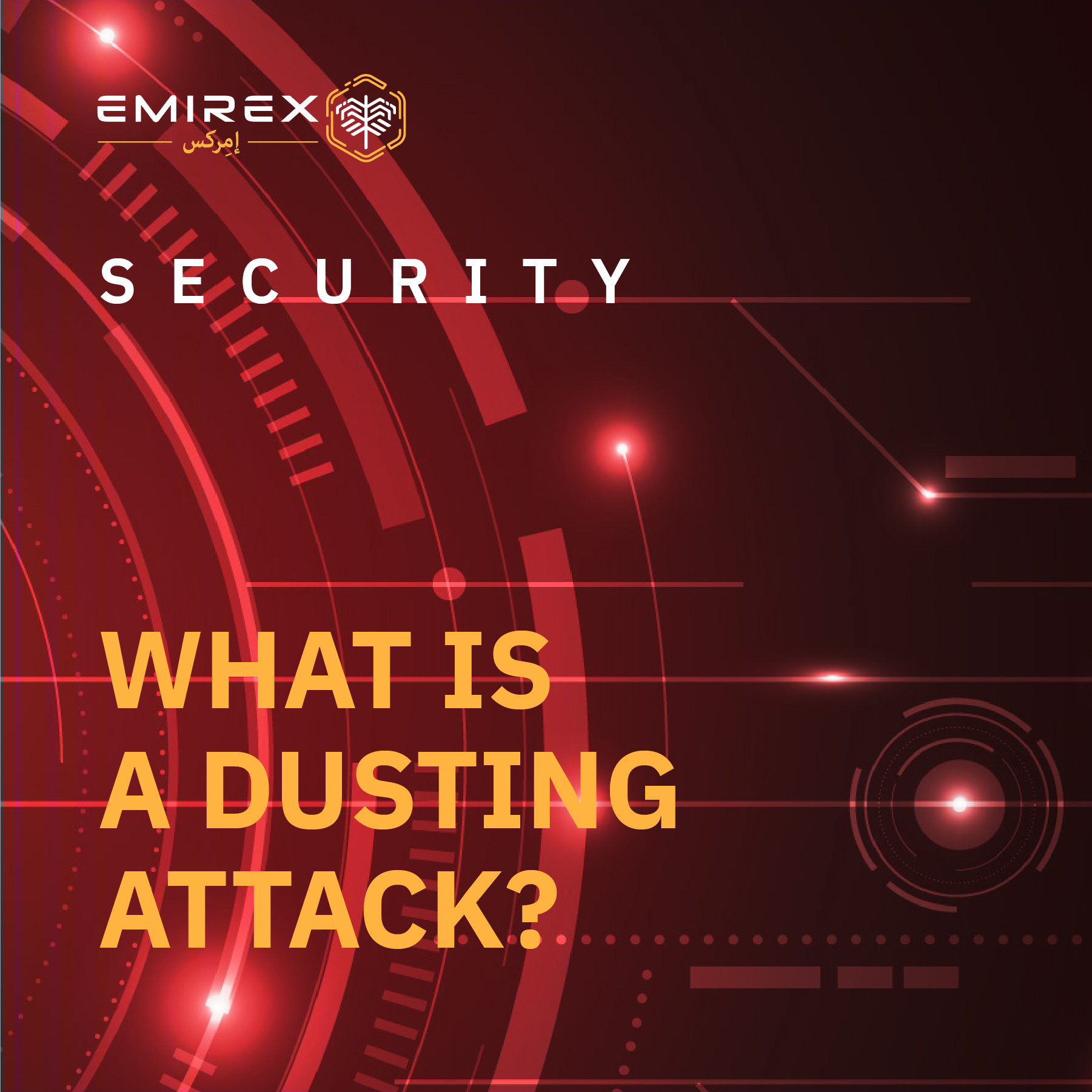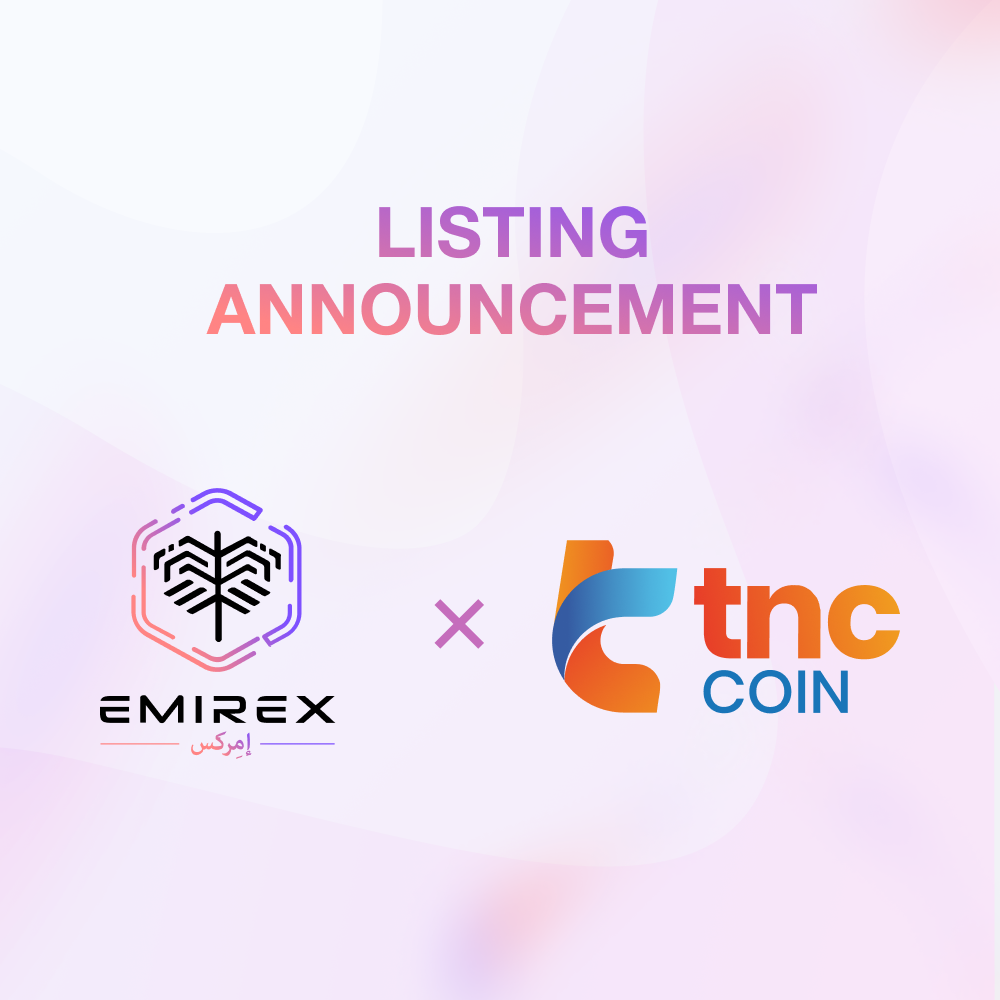The Bitcoin blockchain is extremely secure and largely anonymous, but it is still vulnerable to specific attacks aimed at revealing user identities and using this information for criminal purposes. Crypto holders are being attacked in new and more sophisticated ways. Fraudsters need to know as much as possible - from passwords to system resources for hidden mining.
Dust attack, or a Dusting attack, is the most popular among hackers. The attack mechanism remains not fully understood for users, and therefore they cannot actively defend themselves against an attack. Today we will analyze this threat in detail.
What is meant by «Dust»?
This is an unofficial cryptocurrency term for such small amounts of coins or tokens that people tend to ignore. The dust comes from the so-called “divisibility” of cryptocurrencies. In the case of Bitcoin, the smallest unit is 1 satoshi, equal to 0.00000001 BTC. And a hundred of such satoshi could well be considered as Dust.
It is also ignored because its cost is even less than the transaction fees that have to be paid for a transfer. Therefore, ordinary users do not operate it. Also, "dust" can be found on cryptocurrency exchanges. There it is expressed in small amounts that are "stuck" because they are not traded.
For a long time, it was customary to ignore such "balances" on accounts. Right until cybercriminals learned to use "dust" to carry out an attack and de-anonymize users.
How it works
When an attacker sends a small but unique piece of dust to a cryptocurrency address he knows, he can trace the route of this piece in the future. The primary goal is to find out which wallets it was in.
This allows him to make a connection between different cryptocurrency wallets, and if he is lucky, reach the wallet on the exchange. And if the exchange additionally trades in fiat, then the user has to regularly check his identity and indicate his private data, including passport. The attacker is trying to get this data. All this allows, without any special costs, to de-anonymize the user for targeted phishing, or extortion.
How to protect yourself?
There are several ways to defend against a dust attack:
- The simplest one is to block the reception of such "dusty" transactions. If the Dust simply lies in the wallet and does not participate in subsequent money transfers, then it will not bring any benefit to the attackers.
- Some wallets have a built-in “Do Not Spend” feature that allows you to flag and block such dust. All transactions below a certain, automatically calculated limit are blocked by this function. In other wallets, this has to be done manually.
- Do not use exchange wallets with a low level of privacy. And let the attacker track down the chain to the exchange wallet - he will not be able to use this information for deanonymization.
- Use crypto mixers. They break the sequence of transactions and deprive attackers of the ability to track the further movement of Dust.
- Use exclusively anonymous cryptocurrency, the route of which cannot be traced. The truth is, it still needs to be bought, and this brings us back to the issue of confidentiality of exchange wallets.
Closing Line
The Bitcoin blockchain is not anonymous in its own right. It is much more anonymous than any transactions using fiat currency, but it cannot guarantee complete confidentiality. And Dust Attacks are proof of that.
Therefore, each user should understand that the security of his cryptocurrency assets depends solely on himself. He has to make every effort to counteract the plans of fraudsters. This is fortunately quite simple - especially if one knows what specific threats to expect.






